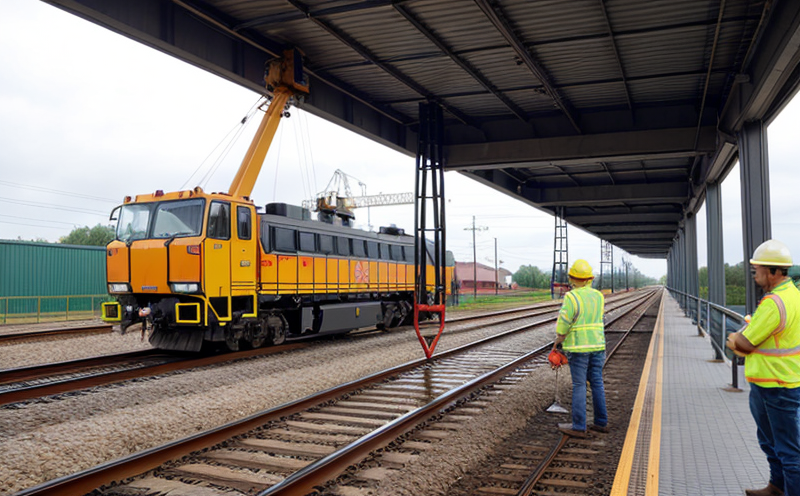Rail-mounted crane inspection
Rail-mounted cranes are critical components in infrastructure that support industries such as construction, manufacturing, and transportation. These cranes, which travel on rail tracks, offer a combination of flexibility and efficiency unmatched by other lifting solutions. Inspecting these cranes ensures their safe operation and compliance with international standards.
The inspection process involves the evaluation of various critical components including but not limited to the track system, wheels, drive mechanisms, control systems, and load-handling equipment. This comprehensive examination is essential for identifying potential issues that could lead to accidents or structural failures.
According to ISO 3091-2:2005, rail-mounted cranes should undergo regular inspections every six months. However, the frequency can be adjusted based on usage patterns and environmental conditions. The inspection process includes visual assessments, non-destructive testing (NDT), and functional tests.
Visual assessments involve checking for any visible signs of wear or damage. Non-destructive testing methods such as ultrasonic testing (UT) and magnetic particle inspection (MPI) are used to detect internal flaws that may not be apparent during a visual examination. Functional tests ensure the crane operates within specified limits, verifying its ability to lift and lower loads safely.
The rail track itself is also inspected for any signs of wear or misalignment. Misaligned tracks can lead to imprecise movement and increased stress on components, potentially leading to failure. Track inspections include checking for levelness, straightness, and the presence of foreign materials that could affect performance.
| Type of Crane | Industry Sector | Key Inspection Parameters |
|---|---|---|
| Rail-mounted cranes | Construction, manufacturing, transportation | Track alignment and levelness; wheel wear and misalignment; drive mechanism integrity; control system performance |
| Monorail cranes | Automated warehouses, machine shops | Weld joint integrity; structural load-bearing capacity; electrical connection reliability |
- Rail-mounted cranes are used in large-scale construction projects where heavy materials need to be moved efficiently.
- In manufacturing plants, they facilitate the movement of raw materials and finished products within confined spaces.
- Transportation sectors use them for the loading and unloading of freight at ports and terminals.
The inspection process is not just about identifying issues; it's also about preventing them. By maintaining rail-mounted cranes according to best practices, organizations can extend their service life, reduce downtime, and ensure worker safety.
Why Choose This Test
Selecting rail-mounted crane inspections as part of your maintenance strategy offers several advantages. Firstly, it enhances safety by identifying potential hazards before they become critical issues. Secondly, regular inspections can help in optimizing the operational efficiency of these cranes, ensuring that they perform at peak capacity.
Moreover, compliance with international standards like ISO 3091-2:2005 ensures that your operations meet global safety and quality benchmarks. This not only protects your organization but also builds trust with stakeholders such as clients and regulatory bodies.
The investment in rail-mounted crane inspections pays off through reduced maintenance costs, extended service life, and improved worker safety. By choosing this test, you are committing to excellence in infrastructure management, contributing to a safer, more efficient work environment.
International Acceptance and Recognition
The rail-mounted crane inspection process is widely accepted and recognized across various industries globally. Organizations that follow these practices not only meet the required standards but also gain credibility in their respective sectors.
ISO 3091-2:2005, specifically tailored for rail-mounted cranes, provides a robust framework for inspection procedures. This standard is widely accepted and used by organizations worldwide, ensuring consistency in quality and safety.
The benefits of adhering to these international standards extend beyond compliance; they also enhance the reputation of your organization. Clients and regulatory bodies are more likely to trust an organization that demonstrates a commitment to maintaining high-quality infrastructure through regular inspections.





